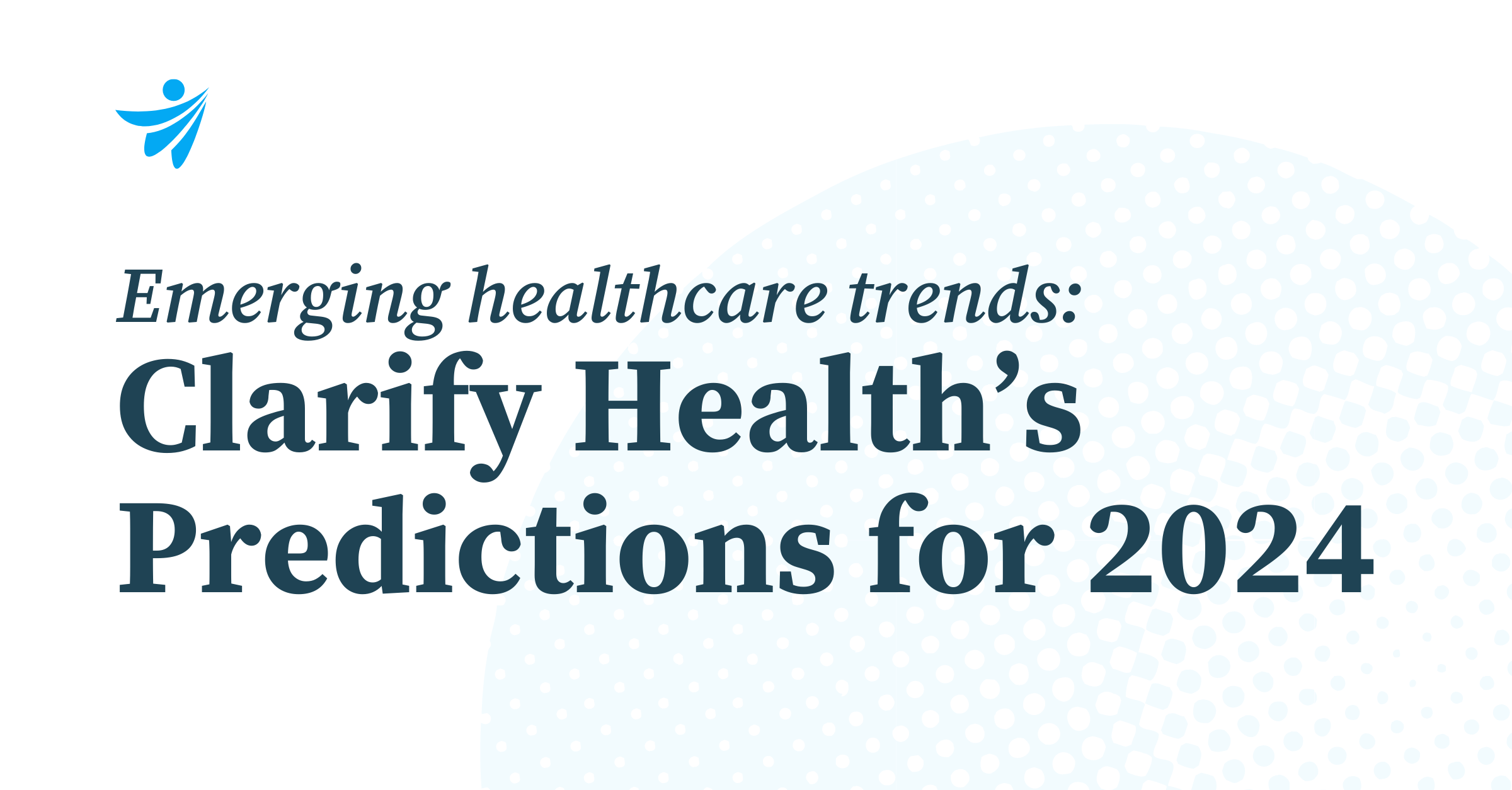
Healthcare Insights
Dec 18, 2023
Healthcare Insights | June 1, 2023
Men’s Health Awareness Month in June provides a vital opportunity to delve into the unique challenges men face in taking care of their health. The Clarify Health Institute, the research arm of Clarify Health, recently assessed men’s health disparities through analysis of Clarify health insurance claims data. Focusing on the Medicare fee-for-service (FFS) population aged 65-85 years old, and leveraging national FFS Medicare claims data under a Research Data Use Agreement For Use of CMS Research Identifiable Files, we explored insights into healthcare services utilization, preventative care, disease prevalence, and mortality rates. By better understanding these factors, we can pave the way for targeted interventions and proactive healthcare measures to improve men’s health outcomes. Analyzing Medicare claims data for nearly 30 million beneficiaries aged 65-85 in 2021, the Clarify Health Institute revealed compelling insights into the healthcare utilization patterns and disparities between men and women. Let’s explore some key findings from the analysis: The figure below highlights these disparities across multiple metrics, showing the percentage difference between male and females beneficiaries enrolled in traditional Medicare (i.e., non-Medicare Advantage) in 2021. Given the disparities across disease prevalence and utilization of preventative services we document above, it is not surprising that long-term health outcomes for older men are typically worse. One striking observation from the analysis is that men face a higher risk of death in every year of life from 65 to 85 years old, as shown in the figure below. On average, male Medicare beneficiaries aged 65-85 have a 4% risk of dying annually compared to a 2.8% risk for women. Men, their families, and the broader US healthcare system can strive to reduce this greater mortality burden by addressing gaps in care and promoting healthier living. As we observe Men’s Health Awareness Month, it is crucial to recognize the unique challenges men face in achieving positive health outcomes. Reducing stigma and machismo, distrust of the healthcare system, and other barriers to timely care are critical aspects to consider and discuss. Men’s mental health, too, is a crucial component that is also often overlooked. As demonstrated by our analysis and also shown by the Centers for Disease Control and Prevention (CDC), men have higher mortality rates for leading causes of death, including heart disease, cancer, and unintentional injuries. Presented data analyses conducted by the Clarify Health Institute shed light on the substantial disparities in professional services utilization, preventative care, disease severity, and mortality rates between men and women in the Medicare population. By addressing these differences and promoting proactive healthcare interventions, we can work towards improving men’s health outcomes and closing the gap in healthcare disparities.Key Findings from Medicare Claims Analysis about Men’s Health
Impact on Mortality Rates
Conclusion